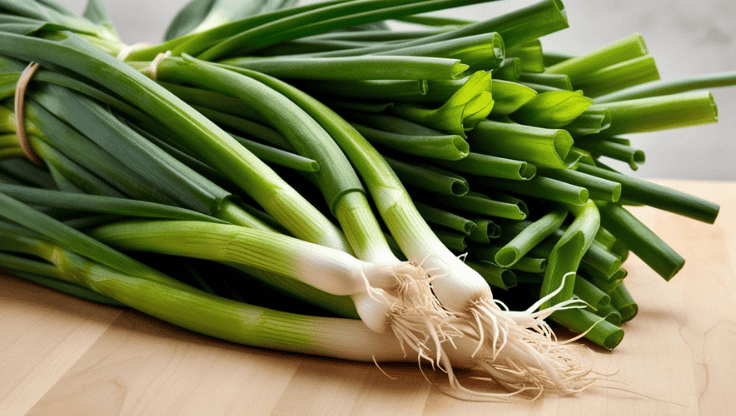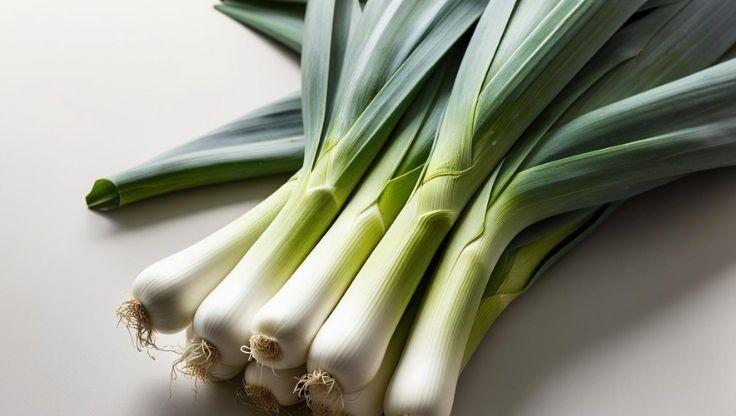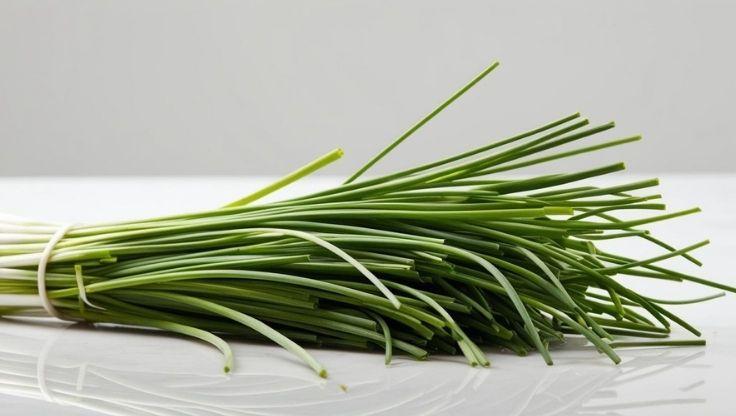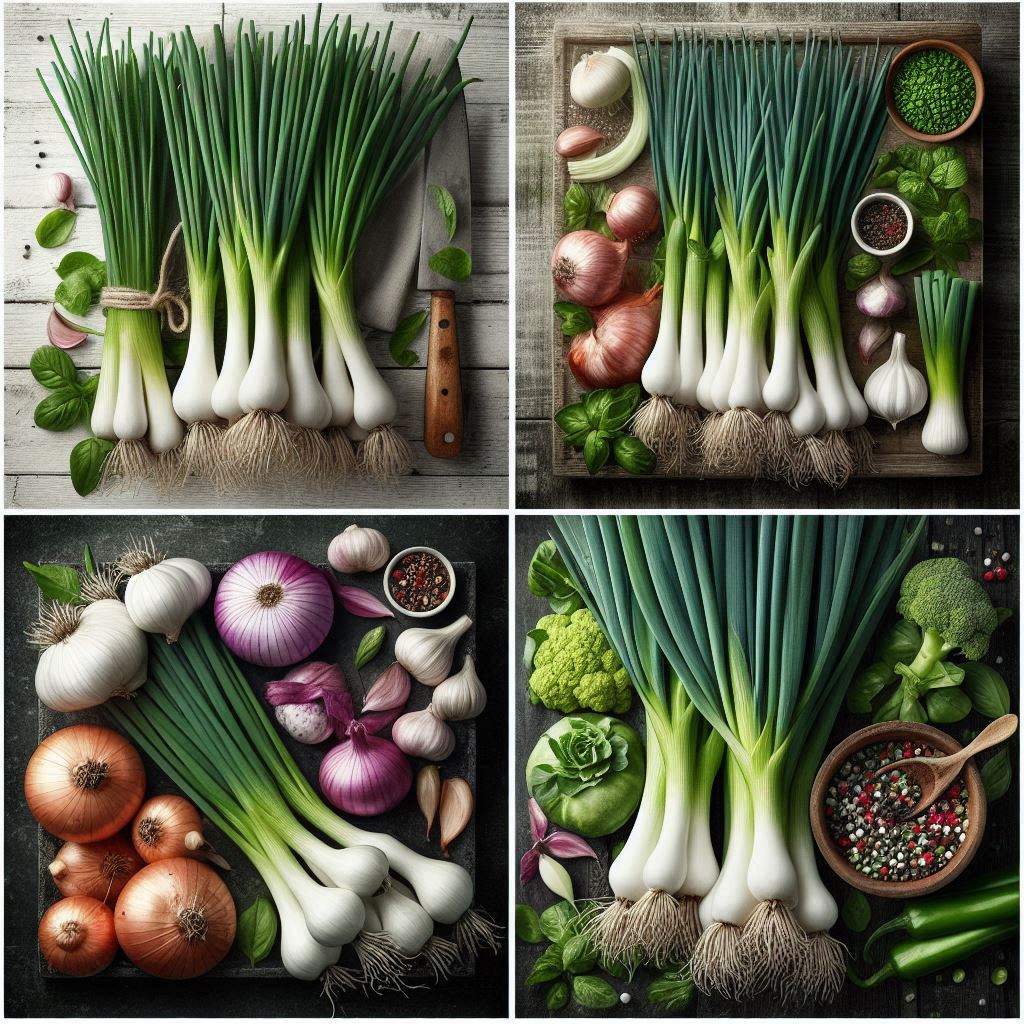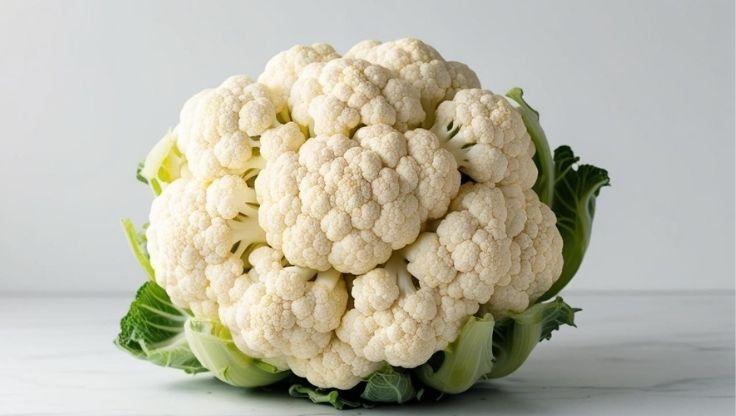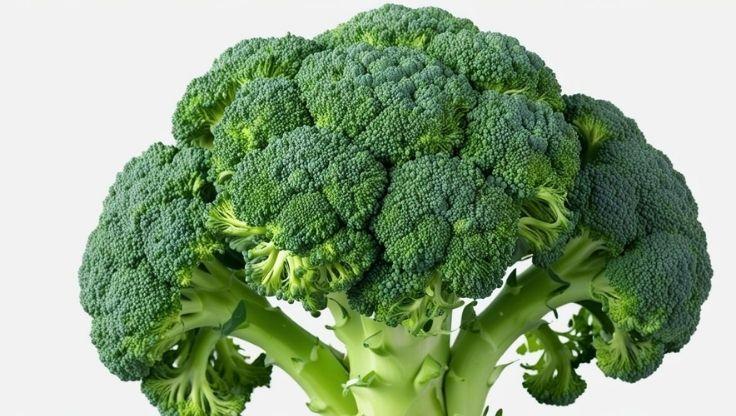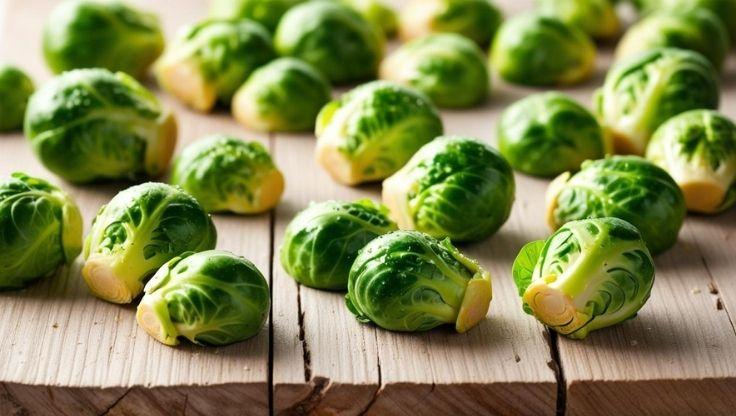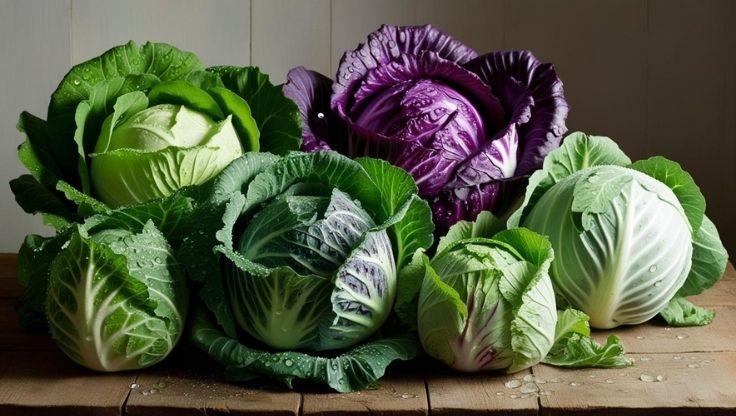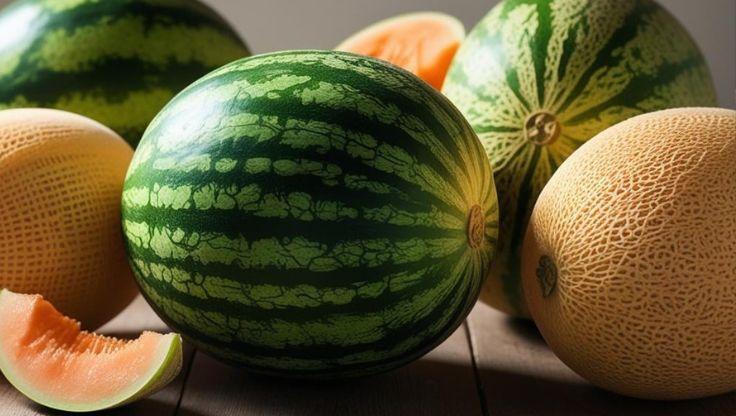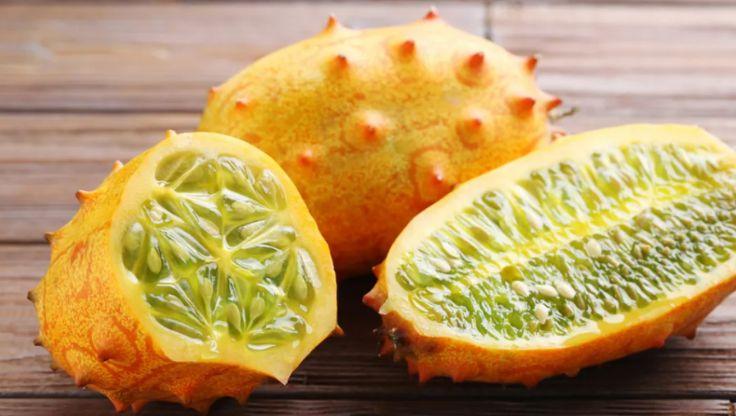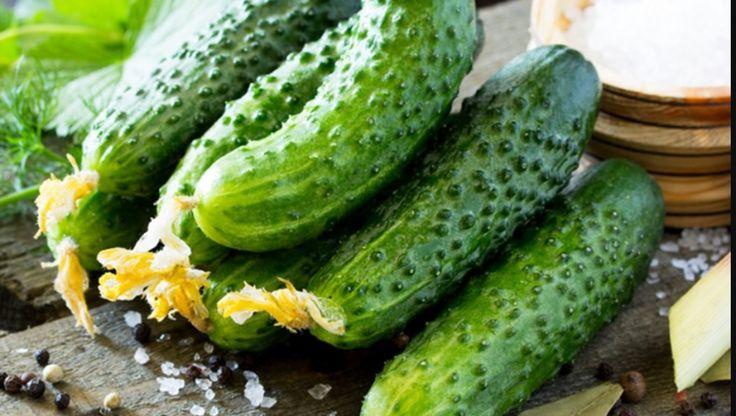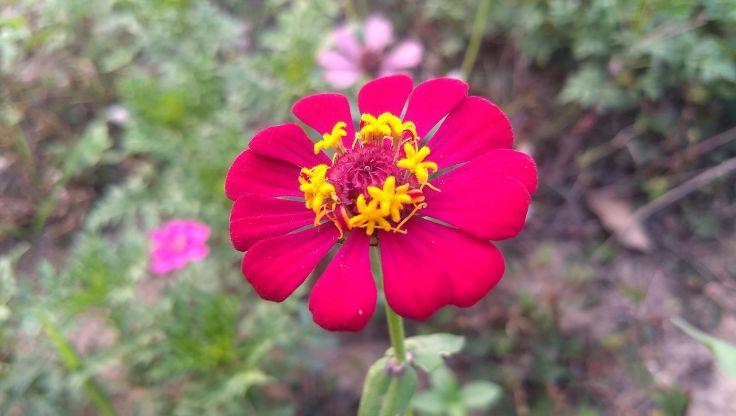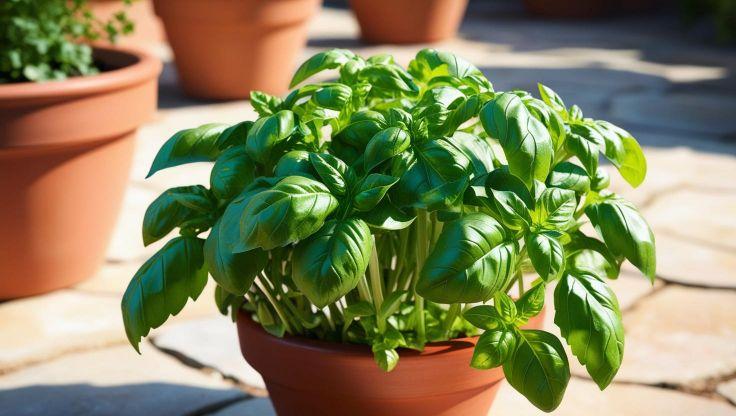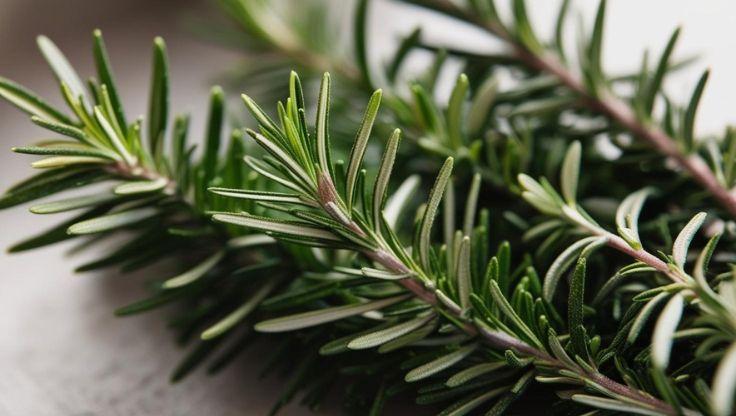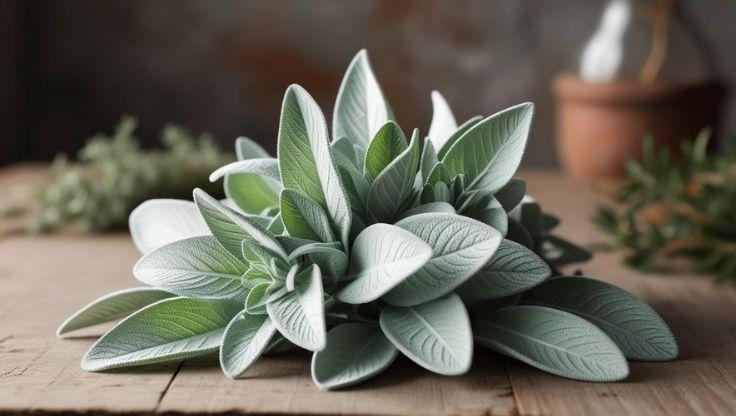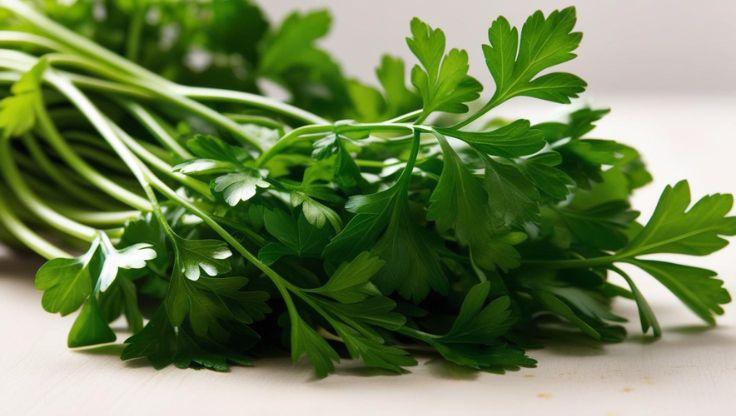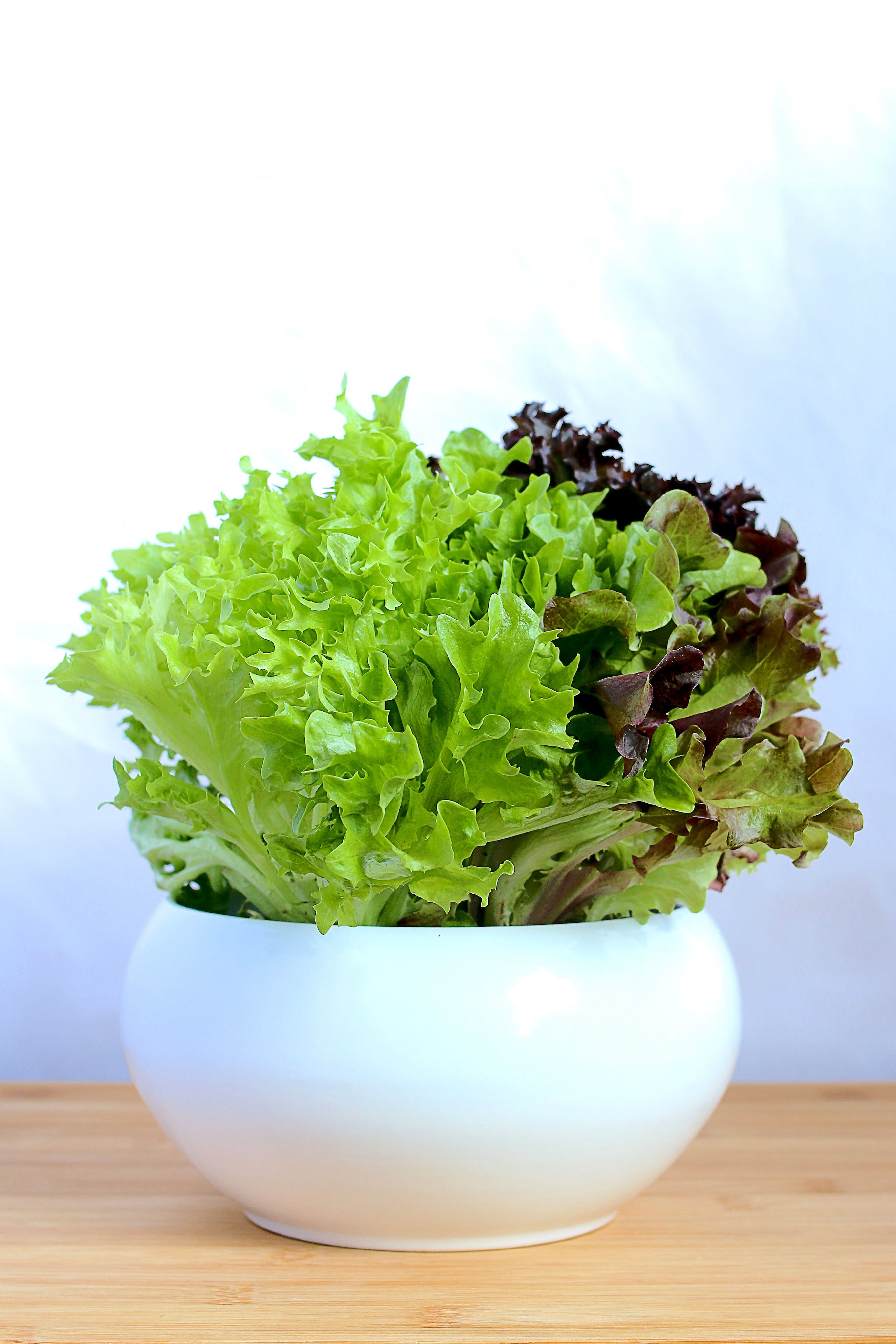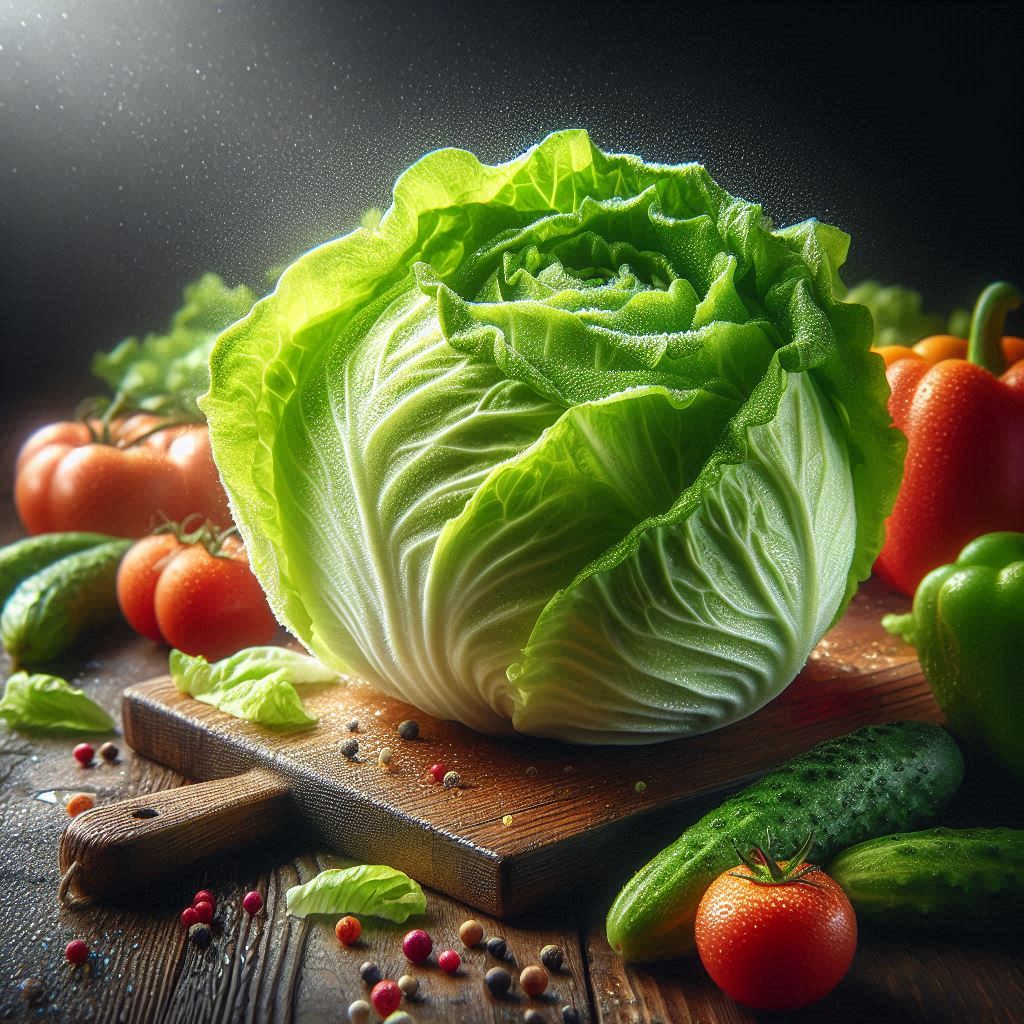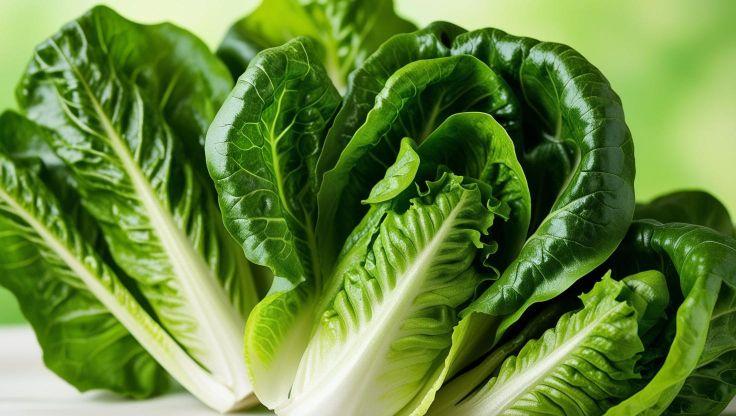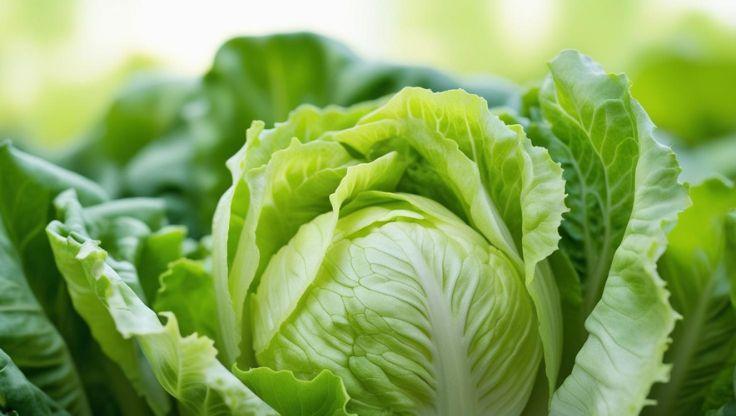Hydroponic Plants: A Complete Guide to Growing Dill
Dill (Anethum graveolens), a flavorful herb commonly used in cooking and medicine, thrives in hydroponic systems due to its adaptability and rapid growth. Traditional soil-based cultivation can present challenges such as inconsistent nutrient availability and pests, while hydroponic plants benefit from controlled environments, efficient water use, and faster maturation. The hydro garden approach ensures dill grows optimally, producing abundant yields with fewer resources.

Hydroponic Growing Conditions for Dill
Dill (Anethum graveolens) is a fragrant herb prized for its culinary and medicinal applications. It flourishes in hydroponic plants systems due to controlled environmental conditions that maximize nutrient absorption, flavor intensity, and overall yield. By carefully maintaining essential growth factors, farmers and home growers can cultivate high-quality dill throughout the year.
Ideal pH and EC Levels
Proper pH and electrical conductivity (EC) levels are critical for dill’s nutrient uptake and robust growth.
- pH: A range of 5.8–6.5 ensures optimal root development and prevents nutrient deficiencies.
- EC Level: 1.0–1.6 mS/cm supports balanced nutrient delivery, enhancing the plant’s essential oil production and overall vigor.
Hydroponic cultivation eliminates soil-based inconsistencies, providing precise control over pH adjustments and nutrient availability for consistent plant health.
Light, Temperature, and Humidity Requirements
Dill requires carefully managed environmental conditions to thrive and produce aromatic, tender foliage.
- Light: 12–16 hours of daily exposure, preferably using LED grow lights, which ensure efficient photosynthesis and strong stem growth.
- Temperature: The ideal range is 18–25°C (64–77°F), preventing premature bolting and ensuring prolonged leaf production.
- Humidity: 50–70%, maintaining steady transpiration rates and preventing excessive moisture loss, which can lead to wilting.
Growing dill in hydroponic plants systems allows for precise climate adjustments, minimizing environmental stress while maximizing yield potential.
Seed to Harvest Process for Hydroponic Dill
Dill (Anethum graveolens) is a fast-growing herb that thrives in hydroponic plants systems, offering a controlled environment for optimal growth and yield. By maintaining precise conditions, growers can cultivate high-quality dill year-round.
Germination and Early Growth
Dill seeds germinate within 7–10 days under warm, moist conditions, requiring temperatures between 18–25°C (64–77°F) for successful sprouting. Unlike soil-based cultivation, hydroponic systems provide consistent moisture levels, reducing the risk of fungal infections and ensuring uniform seedling development.
Each growing hole typically contains 1–2 seeds, promoting proper spacing and airflow to prevent overcrowding. Using nutrient-rich hydroponic solutions enhances root development and accelerates early growth.
Maturation and Harvesting
After transplanting, dill reaches maturity within 40–50 days, making it one of the fastest-growing hydroponic plants. The plant prefers moderate humidity levels (50–70%) to maintain steady transpiration rates and prevent premature bolting.
Popular hydroponic dill varieties include Bouquet Dill and Mammoth Dill, both known for their robust flavor and high yield. Since dill loses its potency when dried, it is best harvested fresh and used immediately.
Uses and Benefits of Hydroponic Dill
Dill (Anethum graveolens) is a fragrant herb widely used in culinary applications and valued for its health benefits. Cultivating hydroponic plants ensures a consistent, pesticide-free supply, making it an excellent choice for sustainable agriculture.
Culinary Applications
Dill enhances dishes with its fresh, slightly sweet flavor, making it a staple in various cuisines:
- Dill-infused butter for seafood, adding depth to fish and shellfish dishes.
- Fresh leaves in yogurt-based dressings, providing a refreshing herbal note.
- Pickling spice for cucumbers, contributing to the signature tangy taste of pickles.
Hydroponic cultivation ensures year-round availability, allowing chefs and home cooks to access fresh dill regardless of seasonality.
Health Benefits
Dill is packed with vitamins A and C, calcium, and iron, making it a valuable addition to a health-conscious diet:
- Supports digestion, aiding gut health and reducing bloating.
- Reduces inflammation, thanks to its high antioxidant content.
- Strengthens immunity, helping the body combat free radicals.
Studies suggest that hydroponic plants often retain higher nutrient levels compared to soil-grown counterparts, making hydroponic dill a superior choice for health-conscious consumers.
Research for expert insights
Uncover expert-level insights and key takeaways by reviewing these informative articles.
|
Institution |
Article Title |
Article Link |
|---|---|---|
|
PLOS One |
Modeling growth and development of hydroponically grown dill, parsley, and watercress in response to photosynthetic daily light integral and mean daily temperature |
|
|
International Society for Horticultural Science |
Effects of different nutrient concentrations on dill production in floating system |
Through their in-depth approach, they deliver expert perspectives, making them an essential reference for those eager to explore further.


